Articles
Types Of Metal Cutting Machine Tools
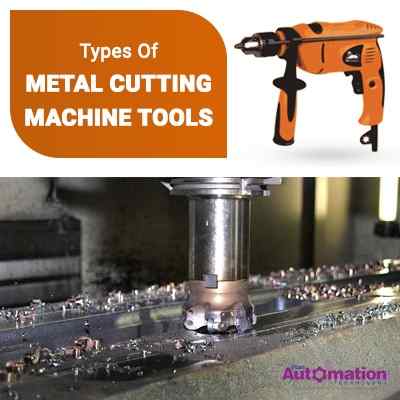
Machine tools have a vital role in the manufacturing industry. These are nothing but the machining equipment that shears, cuts, drills, punches, grinds, and presses. Generally, machine tools are the power-driven metal cutting or forming machines that are used to change the work piece to the required size and shape by cutting away the unwanted sections, controlled electrical machinery process, and pressing, sealing, drawing or shearing. The machine tools are operated either manually or with automatic control. There are varieties of machine tools which include metal cutting machine tools, metal forming machine tools, and other machine tools. The metal cutting machines include - lathe, drilling machine, milling machine, boring machine, grinding machine and machining center, etc. The machine tools are called the "mother machines" as they make other machines possible. In this article, we shall discuss the different types of metal cutting machine tools.
METAL CUTTING MACHINE TOOLS
A) LATHE
The lathe is a metal cutting machine tool that spins the workpiece about an axis of rotation to create an object with symmetry about that axis. With lathe cutting tools, various operations such as undercutting, grooving, knurling, plain and step turning, facing, threading, drilling, parting, cutting, forming, chamfering, reaming, boring, filing and polishing, taper turning are performed. Different types of lathe cutting tools are required in different operations in lathe machine work. They are:
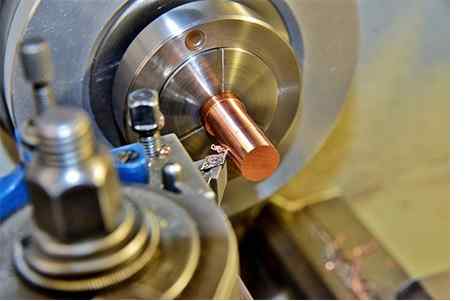 1) According to the method of using the tool
1) According to the method of using the tool
- Thread cutting tool
- Facing tool
- Boring tool
- Turning tool
- Internal thread cutting tool
- Undercutting tool
- Chamfering tool
- Forming tool
- Counter boring tool
- Parting-off tool
- Grooving tool
2) According to the method of applying feed
- Left-hand tool
- Right-hand tool
- Round Nose
B) DRILLING MACHINE
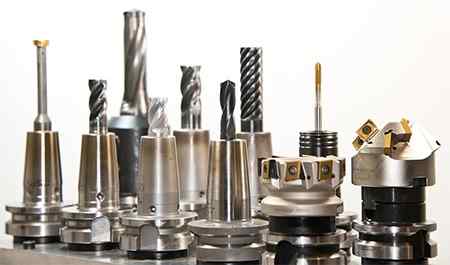
One of the most complex machining processes is drilling. The combined cutting and metal extrusion at the chisel edge in the center of the drill is the main characteristic of a drilling machine, which distinguishes it from other machining operations. One of the most common and useful machine employed in industry for producing forming and finishing holes in a workplace is the drilling machine or drill press. Different operations that can be performed in a drilling machine are - reaming, boring, drilling, tapping, lapping, counterboring, countersinking, grinding, spot facing, and trepanning. Ranging from the simple portable to highly complex automatic and numerically controlled machines, a wide variety of drilling machines are available. They are -
- Portable drilling machine
- Sensitive drilling machine
- Upright drilling machine
- Radial drilling machine
- Gang drilling machine
- Multiple spindle machine
- Automatic drilling machine
- Deep hole drilling machine
C) MILLING MACHINE
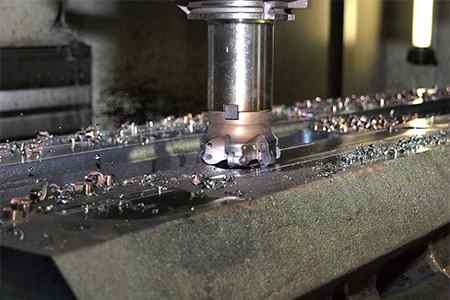
This is one kind of metal cutting tool which cuts metal as the workpiece is fed against a rotating multipoint cutter. Because of the multiple cutting edges, the cutter rotates at a very high speed and cuts the metal at a very fast rate. This metal cutting machine can also hold single or multiple cutters at the same time. Hence, the milling machine is one of the most important machines in the workshop. All the operations can be performed with high accuracy, in this machine. In comparison to the lathe, planner and shaper machines, the metal removal rate is high in this milling machine. It has a better surface finish and good accuracy. And that's the reason why a milling machine finds wide application in production work. The different types of milling machine operations are - gear milling, form milling, side milling, profile milling, plain milling, face milling, gang milling, end milling, saw milling, milling keyways, grooves and slot, straddle milling, angular milling, thread milling, cam milling, and helical milling. The types of milling machines are as follows -
1) Column and knee type
- Hand milling machine
- Plain or horizontal milling machine
- Vertical milling machine
- Universal milling machine
- Omniversal milling machine
2) Manufacturing type or fixed bed type
- Simplex milling machine
- Duplex milling machine
- Triplex milling machine
3) Planar type milling machine
4) Special type
- Rotary table milling machine
- Drum milling machine
- Profile milling machine
- Planetary milling machine
- Tracer controlled milling machine
- Pantograph milling machine
- NC/CNC milling machine
D) BORING MACHINE
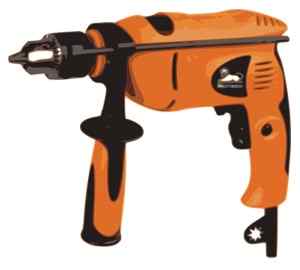
Also called internal turning, boring is used to increase the inside diameter of a hole. With boring, we can achieve 3 things - sizing, straightness, and concentricity. The turning operations that occur alongside external turning are also to be found in boring. However, the choice of tool is very much restricted by the work piece's hole diameter and length, with internal turning or boring. The boring operations can be performed on other than boring machines, such as lathes, milling machines, and machining centers. Like most other machine tools, boring machines can be classified as horizontal, vertical, precision and jig boring machines.
1) Horizontal boring machines
- Table type horizontal boring machine
- Floor- type horizontal boring machine
- Planner type horizontal boring machine
- Multiple heads type boring machine
2) Vertical boring machines
- Vertical turret lathe
- Standard vertical boring machine
3) Precision boring machine
4) Jig boring machine
- Vertical milling machine type
- Planer type
E) GRINDING MACHINE
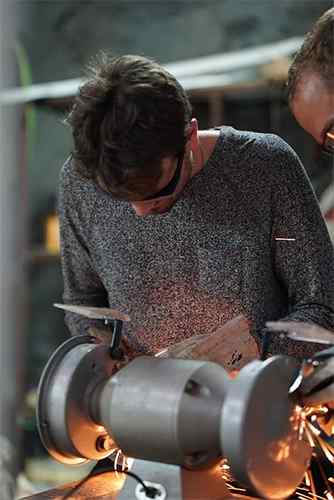
Abrasive machining or grinding was once performed on lathes, conventional milling machines, and shapers. The operations are now performed on various types of grinding machines. Compared to any other standard machine tool in the manufacturing industry, the grinding machines have advanced in construction, rigidity, design, and application far more in the last decade. The grinding machines fall into five different categories such as -
1) Surface grinders
- Horizontal spindle/reciprocating table
- Horizontal spindle/rotary table
- Vertical spindle/reciprocating table
- Vertical spindle/rotary table
2) Internal grinders
3) Cylindrical grinders
4) Centerless grinders
5) Special grinders
- Tool and cutter grinders
- Jig grinding machines
- Thread grinding machines
F) MACHINING CENTER
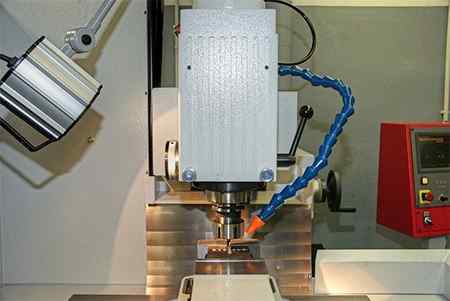
An automatic tool changer and a table, that clamps the workpiece in place and which is included in almost any CNC milling and drilling machine, is best described as a machining center. It may be strange that the tool rotates on a machining center, but the work does not, as it is generally static. The most fundamental defining characteristic of a machining center is the orientation of the spindle. We can say that a variety of machining operations on different orientations and different surfaces of a workpiece are performed by this machining center which acts as an advanced computer-controlled machine. There are several designs for machining centers. The three basic types are -
- Horizontal spindle
- Vertical spindle
- Five-axis machining center
| Also Read: The Crucial Role of Hand and Edge Tools in Precision Engineering |
Market Insights :
In 2018, the global metal cutting tools market was valued at $ 22.2 billion and is expected to reach $ 38.3 billion by 2024 at a CAGR of 8.8%.







